Hiring contingent workers (or non-permanent workers) is a completely different ball game compared to hiring a full-time employee.
Contingent workers usually are freelancers or independent contractors, so the level of independence these workers are used to will affect the hiring process. The expectations are different, the process is different, and the experience is different.
With all of these differences, hiring a contingent worker can seem overwhelming, but you must know what the process entails. 55% of businesses globally offer some remote work capacity, and more people than ever before are finding ways to make money online.
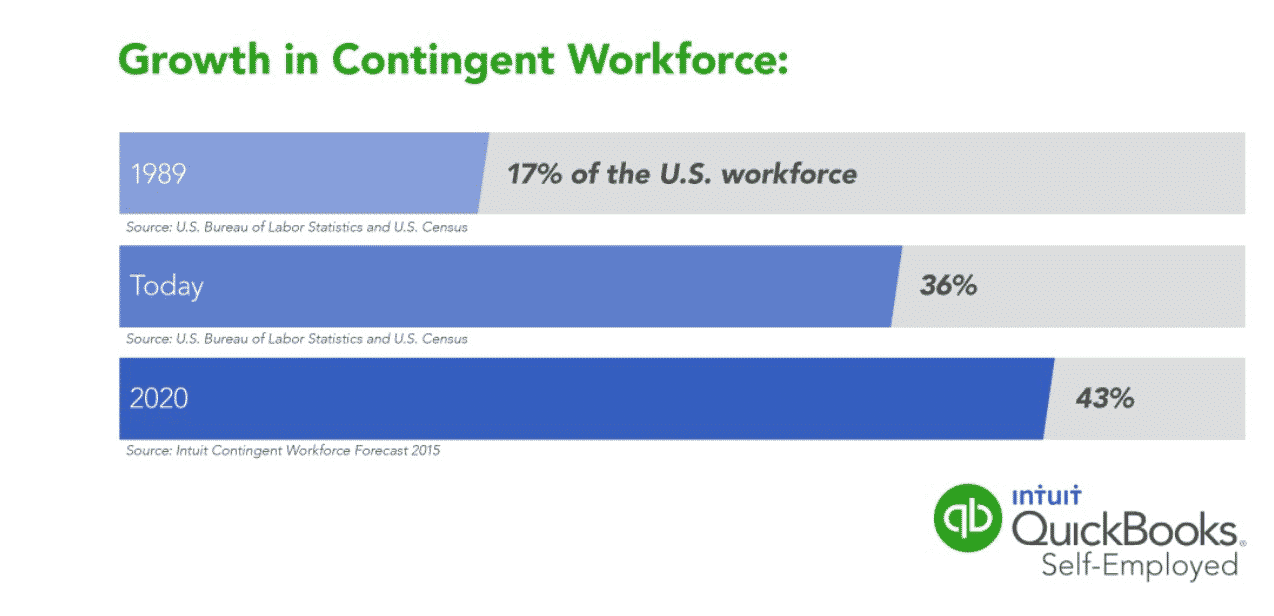
Since contingent workers are hired on a project by project basis rather than a full-time employee basis, there are certain things you should keep in mind.
Contingent workers vs. traditional employees: What is the difference?
Whether you run a keyword research business like Loganix or an Online Arbitrage website, contingent workers are an inevitable running online company. Here is what you need to know when hiring one:
Contingent workers do not receive benefits
Unlike your traditional employees, contingent workers will not receive healthcare benefits or pension plans of any kind. You pay them a set amount for each project they complete for you, and that is deposited directly into their bank account.
These freelancers will normally include an extra 10% in their cost estimations to make up for benefits they lose by not taking on more traditional employee roles.
Contingent workers manage their taxes
Most companies are used to deducting employment taxes from the total amount payable to their employees. However, in the case of contingent workers, you do not need to worry about that.
You might need to provide your freelancer with a 1099 form and a freelancer contract that outlines what you expect from each other, but that is pretty much it.
Expect a different relationship with contingent workers
Traditional employees are dependent on you for direction, and you are their only boss, but in the case of freelancers who run their own freelance business, they are their own boss. This might result in you having a slightly different relationship with your contingent workers.
You will have to take into account that you are not their only client or priority. They might have other deadlines to meet, so you will have to have an equal relationship with them than a traditional employee.
They normally do not need to be trained
Freelancers come with the bonus of being trained in most of their tasks before working for you. They probably have other clients who need the same work done, and you only have to teach them the specifics related to your company.
This saves you time, money, and resources in the long run.
Recruiting contingent workers
Recruiting freelancers or independent contractors is all about knowing where to look for them, which brings us to our first step- finding contingent workers online. Most employers find contingent workers on freelance platforms or portfolio websites.
Platforms to find independent contractors
Here are some of the best places to look-
Indeed

Indeed is widely known to be one of the biggest and most established job boards online. You can hire part-time or contract workers on Indeed that is within your city or remote, depending on what you are looking for.
FlexJobs
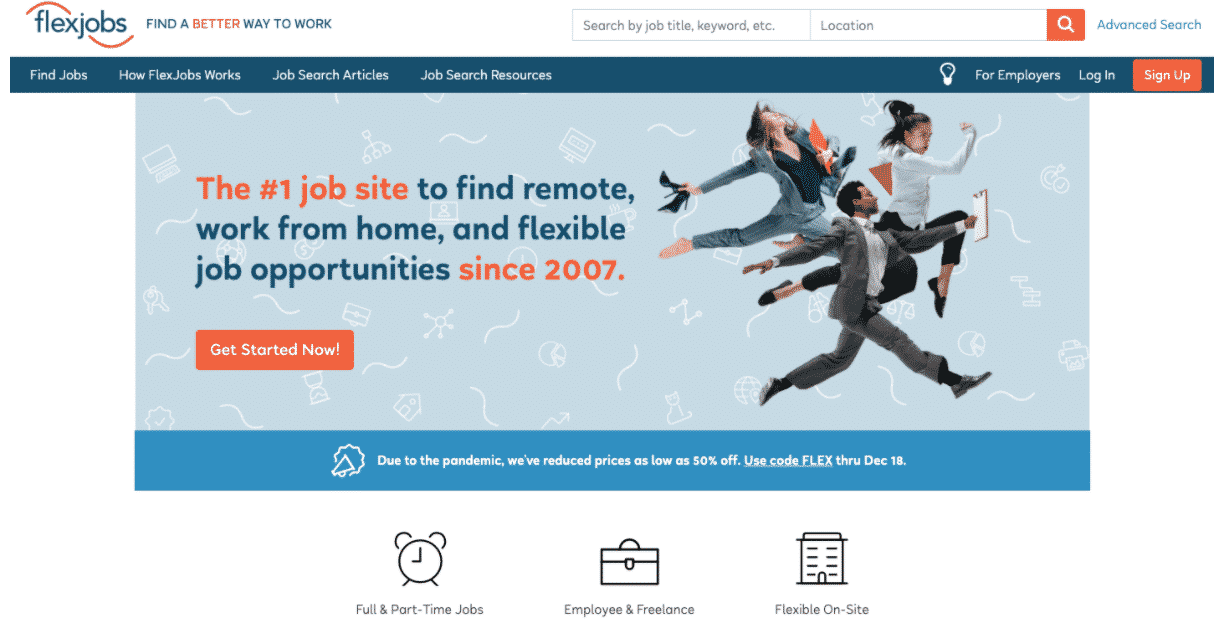
FlexJobs is one of the more premium options than Upwork or Indeed, since the staff at FlexJobs vets each job to make sure it meets certain standards. Due to the platform's measures, the freelancers it attracts are also from high-quality talent pools.
Virtual job fairs, webinars, geo-targeting employees, and more are some features you will not find elsewhere.
Upwork
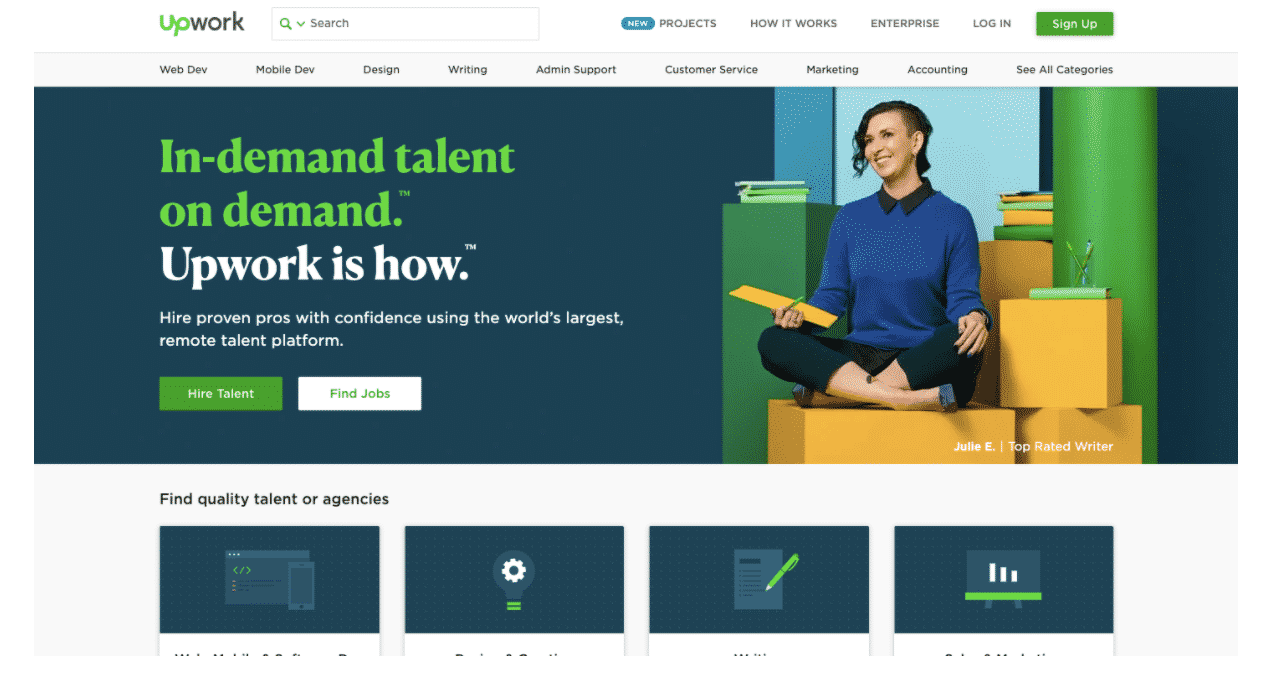
Upwork is probably one of the most well-known platforms out there when it comes to finding contingent workers. However, it has its downsides. The freelancers you will find there will normally be competing for projects at rock bottom rates, and so the end service might not be as good as you would expect.
Upwork also takes a pretty huge cut of about 20%, which means both the freelancer and the employer are losing out.
Of course, posting the same job on multiple boards can be exhausting, which is why you should consider enlisting the help of a recruitment software like Recruitee that will help you post your job listing on multiple free and paid job boards.
If you do not want to find your contingent worker on a job board, I would suggest considering a portfolio website where freelancers post their portfolios online, and you can reach out to them if you are interested.
Behance, Dribble, and GitHub are all good examples of portfolio websites where you can find graphic designers, illustrators, and writers.
If you are hiring someone in the creative space, here is a good place to look.
Narrowing down on the right contingent worker
If you post a job on a site like Indeed, odds are you are going to get hundreds of people sending in their portfolios and CVs. You will need to set aside time and narrow it down to about ten possible workers from those hundreds of applicants. How do you do this?
- Check out what previous employers say. It is often a bad idea to hire a freelancer with absolutely no experience in the industry or limited to projects done privately. You want to hear what previous employers say about the freelancer, which is why freelancers with websites of their own that feature employer testimonials are almost always a good bet.
- Take a look at their work- If they have multiple good examples of their work in action, that will allow you to understand whether it is likely to work for you and your company.
- Schedule a video interview- After you have narrowed down a few workers whose examples you like, you should consider scheduling a video interview with them using web conferencing software. During this interview, you can give them a summary of what is expected of them, ask them any questions you may have, and figure out whether you will be able to work well together. A video interview is especially important if you hire them for a customer service role or a job that needs a lot of relationship building with your clients.
- Host a webinar with your shortlisted workers- If you are finding it hard to decide which employee is right for you, consider hosting a webinar that will cover all of the different elements of the job ahead and expected of the employee once they are hired. You can then follow up with each person on your shortlist to see who understood the brief the best.
- Give them a paid trial- Instead of risking an entire project on a new contingent worker that you know nothing about, consider giving them a smaller paid project that will serve as a trail. This project will allow you to see what their work is like in real-time, and you can better judge whether you want to continue the hiring process.
Get the
MidWeekRead
Get the exclusive tips, resources and updates to help you hire better!
Managing your new contingent worker
Even though contingent workers work best alone and can be left to their own devices, you still need to work as a team.
Keeping them updated on company policies, ensuring the communication is always flowing, and rewarding them when they overcome hurdles are important aspects of keeping a worker (contingent or not) engaged and happy.
This becomes easier to do when you use certain tools:
Slack
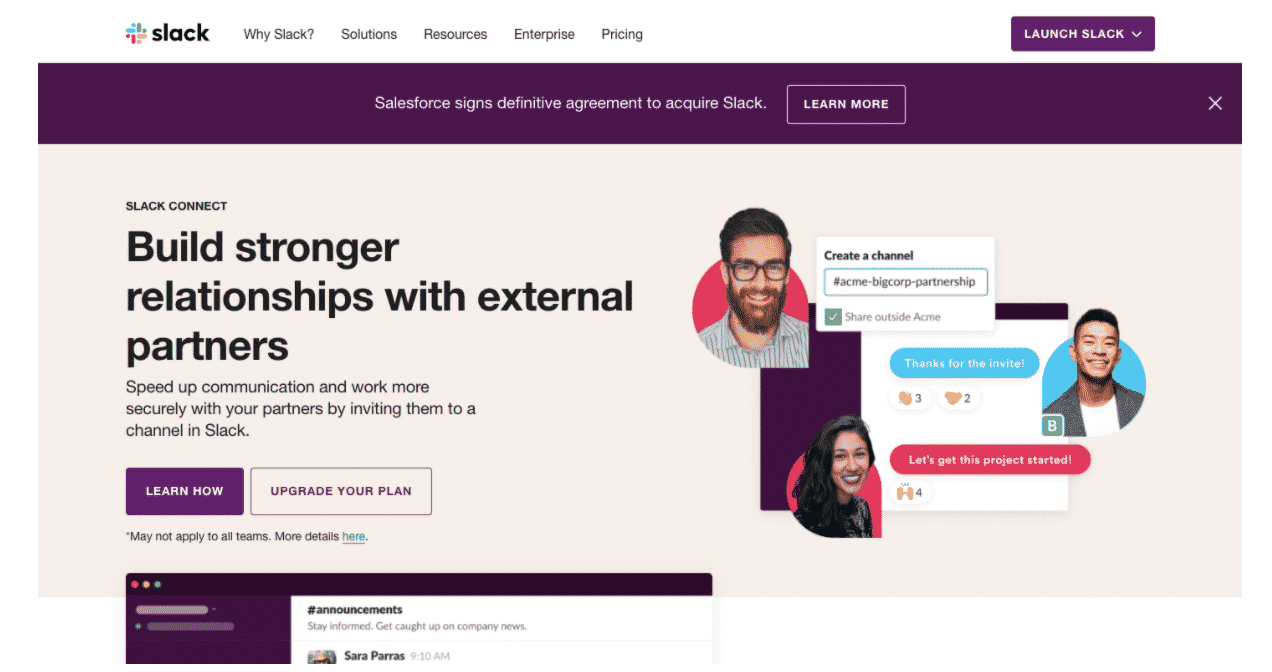
Slack allows you to talk to your employees in real-time, start threads for various teams, and communicate with people directly through chats. Their easy to use channels make keeping in touch with remote members super easy. You also have the option to video call employees when you see fit.
It also gives you way more flexibility than traditional email would or even an email tool like Mailchimp or others.
Airtable
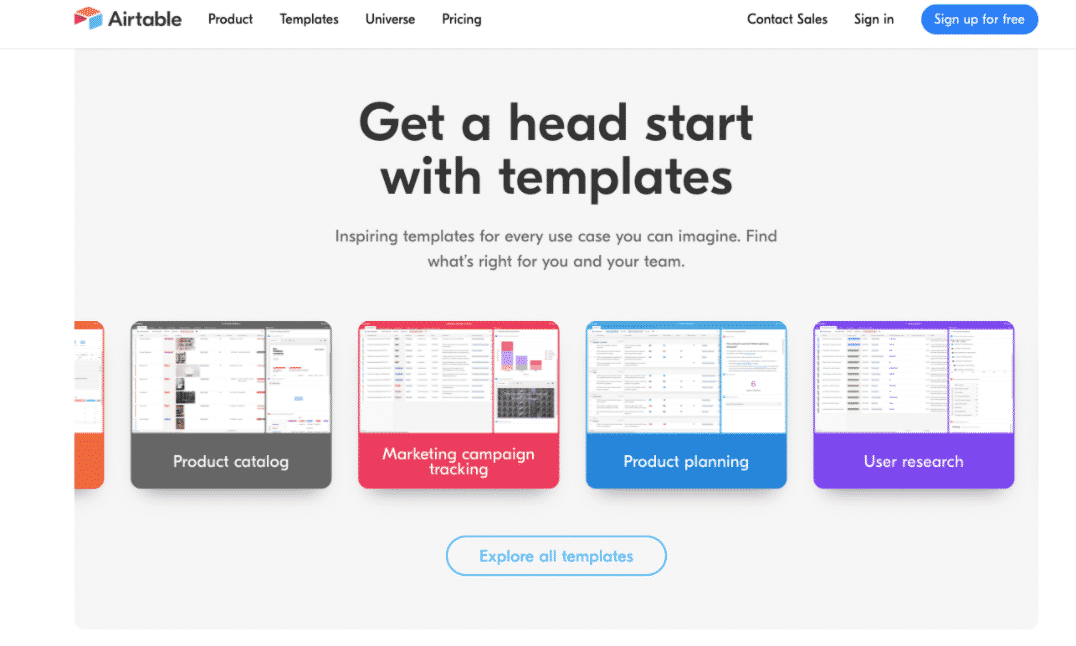
Airtable lets you keep track of things using templates. For example, you can use the free tool to create a content calendar or a product planning sheet. It helps keep everyone on the same page when it comes to complicated projects.
You can add columns for the project's status, whom the project is assigned to when it is due, other ideas, and more.
Asana

Asana lets teams collaborate on tasks and projects from miles away. The calendar view of tasks ahead and assigning different tasks to different workers helps keep everyone in the know about what is going on.
Trello
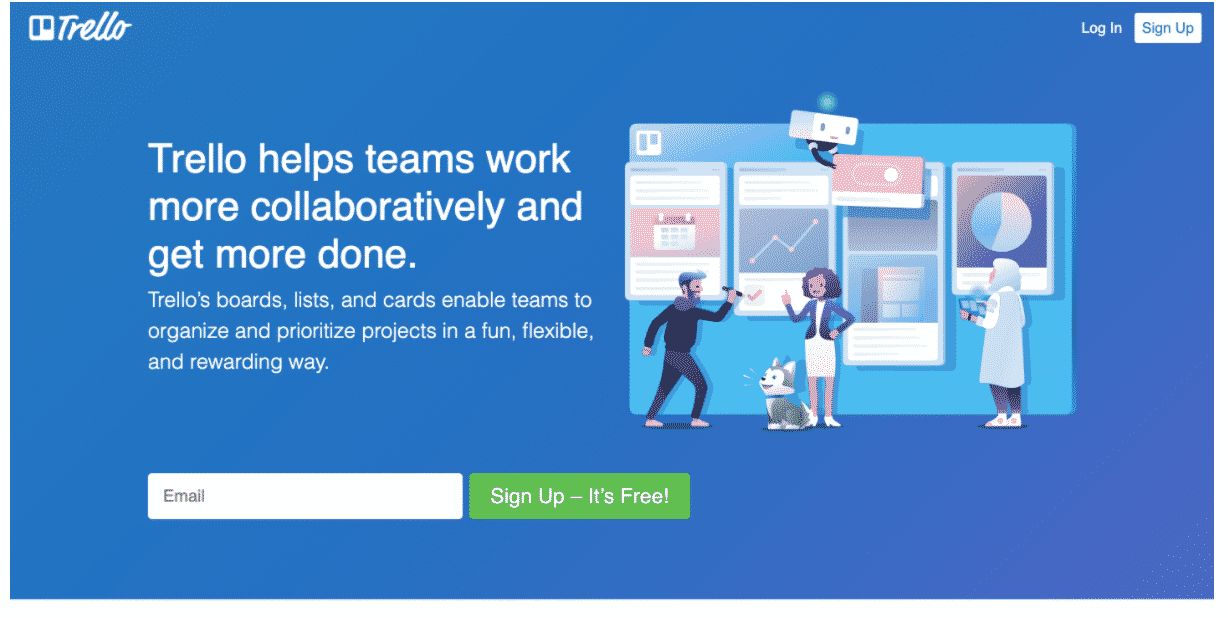
Trello is a favorite of mine for personal use as well as business usage. The simple drag and drop cards allow users to create lists and boards to track things. Everything from a grocery list to a content calendar can have its home in Trello.
Appreciate your contingent workers
Appreciating your contingent workers is a bit different than appreciating your traditional employees. However, a lot of companies have propped up to help you appreciate them even from miles away.
For instance, you could send them gift cards on Amazon or use a platform like Nectar that works on a point system.
Teams that use Nectar can tag a team member in a post they create and then give them a certain number of points as a reward. The points can later be redeemed for gift cards, charitable giving, and more.
No matter what way you find to appreciate your contingent workers, the point is you should. It can even be as simple as a thank-you note. That way, you can foster a relationship with them and improve how you guys work together in the long run.
Wrapping it up
Hiring contingent workers is part of moving with the times. However, few people are doing it right.
Instead of treating a freelancer as simply another resource, please find a way to make them part of your team. Inevitably, you will be the real winner.




.jpg?width=1000&name=6797cc6580ed37f294dde1be_pexels-linkedin-sales-navigator-7245806%20(1).jpg)


